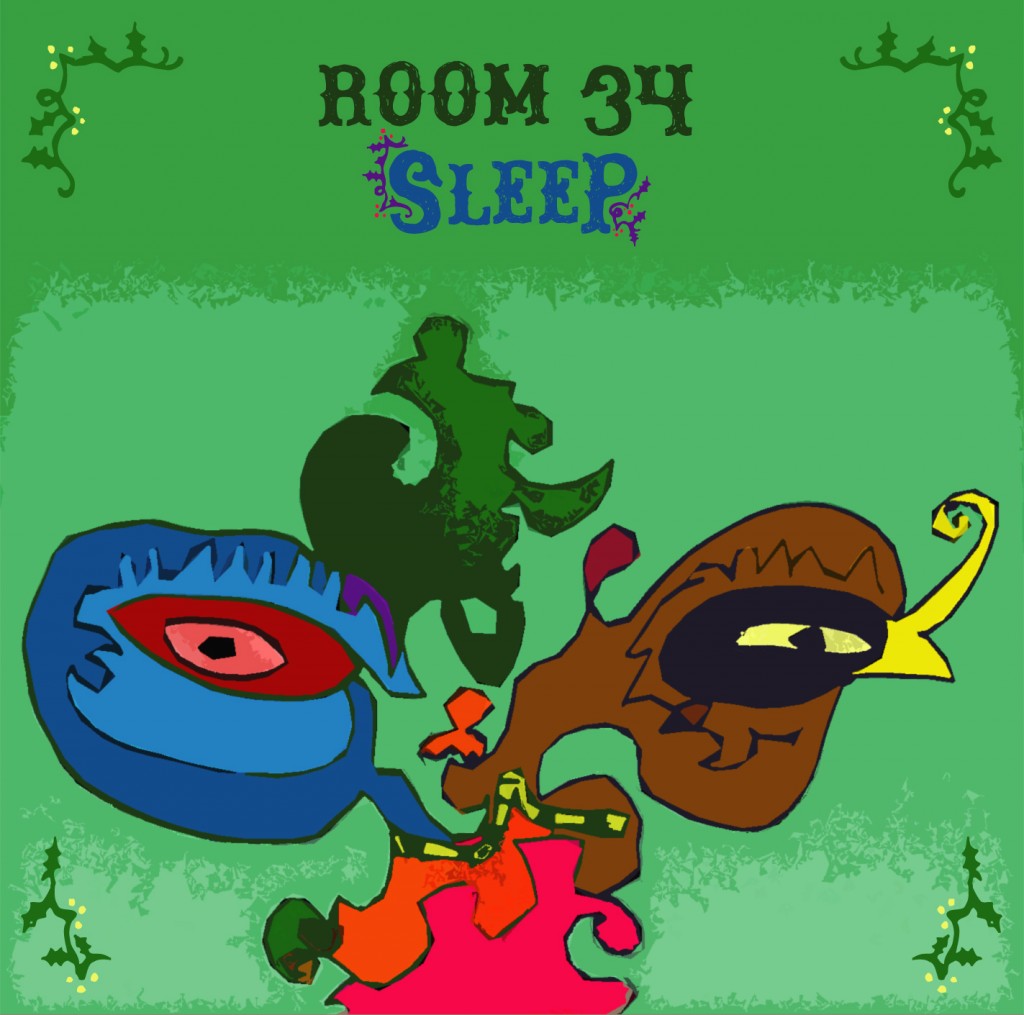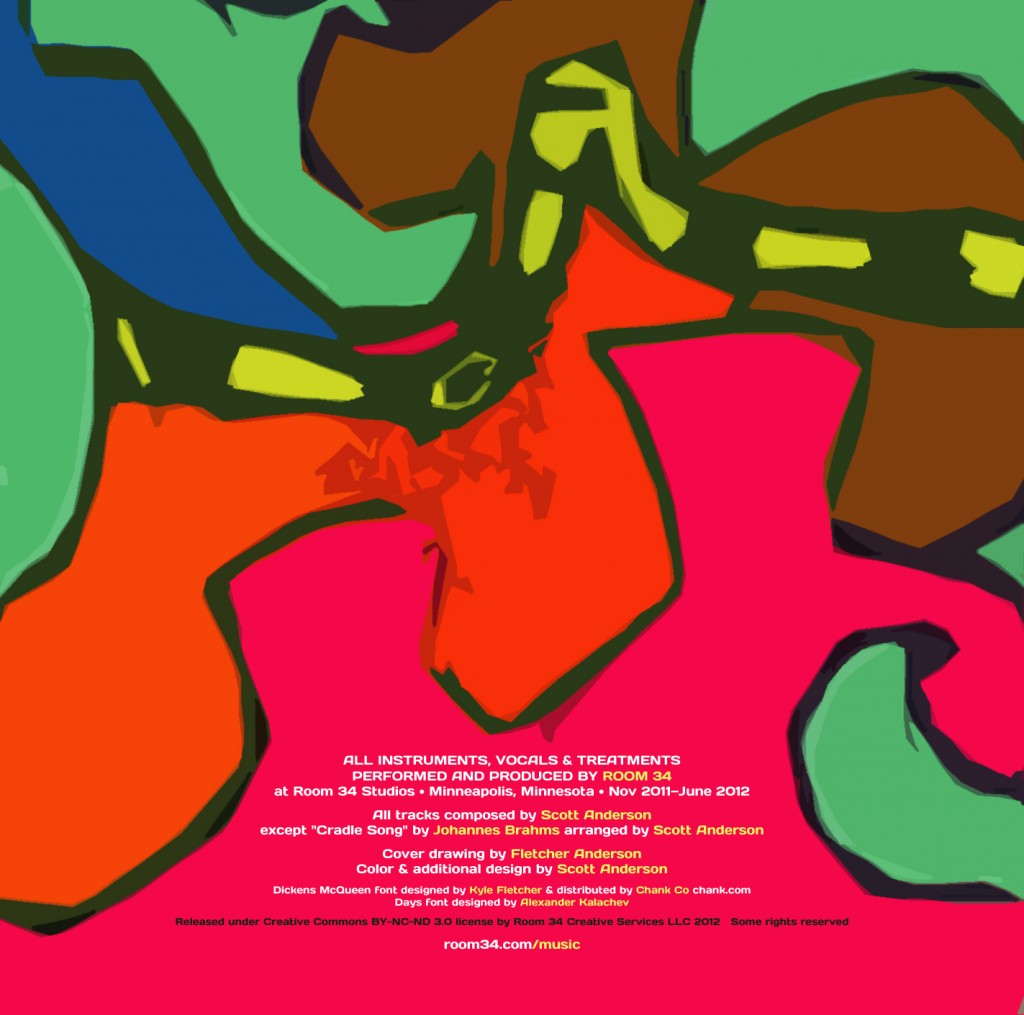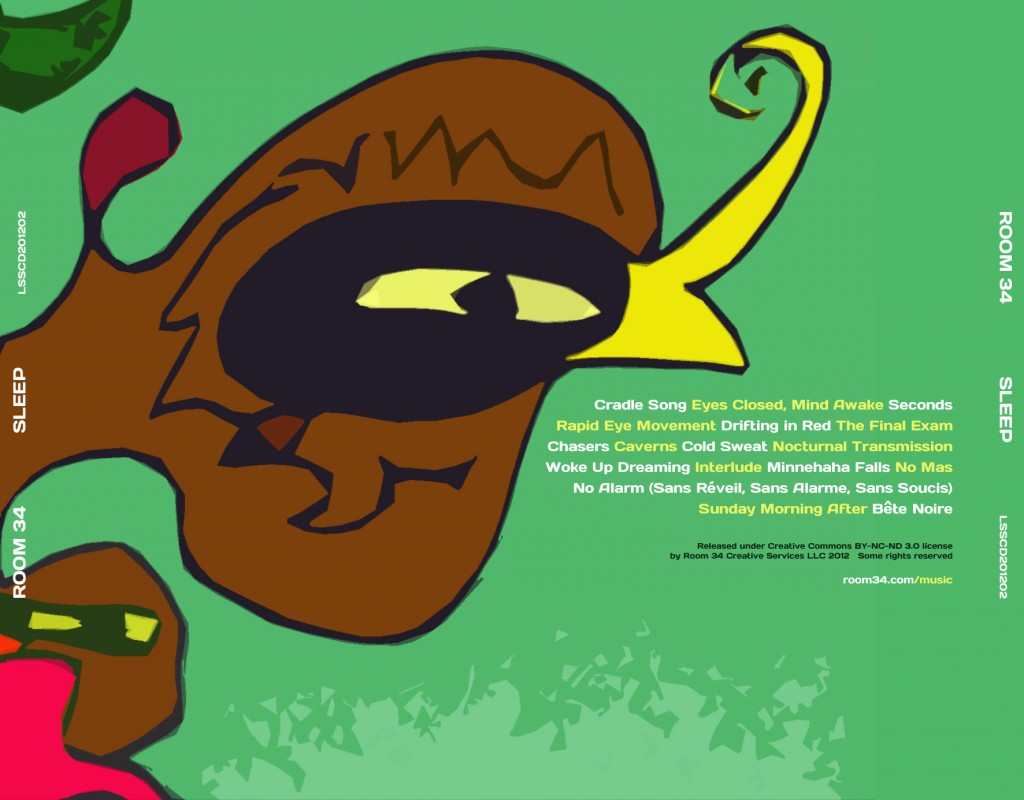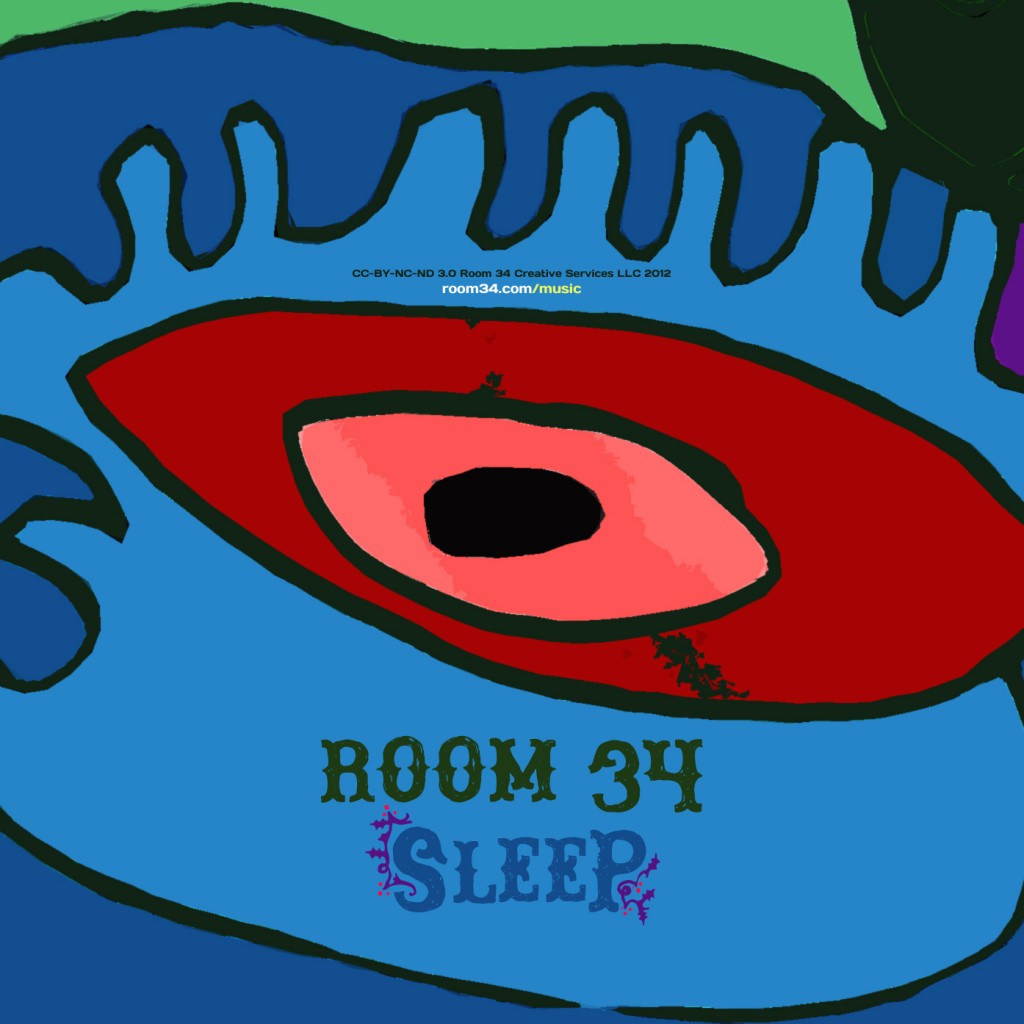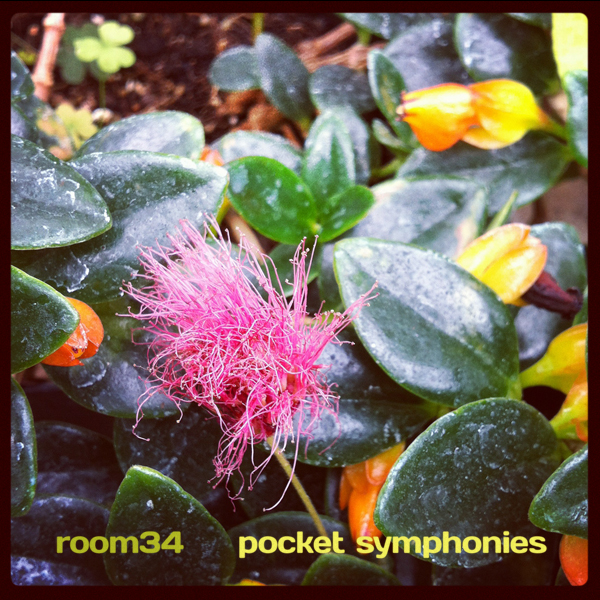Like most geeks, I was never athletic growing up. Aside from one feeble season playing left field for the school baseball team in 8th grade, and the twice-weekly exercise in mild psychological torture known as P.E. in high school, my childhood was fairly sedentary, and my adult life hasn’t been much better.
The only things that have kept me reasonably fit were a naturally slim physique and two to three miles of walking per day as part of my daily commute.
And then I started freelancing. My daily commute no longer involved a 9-block walk to the train station, but rather a 40-foot walk from my bedroom to my home office. Unsurprisingly, this took a toll. Whereas I had been a scrawny 120 pounds in high school, and a solid 160 pounds most of my adult life (thanks, college!), I eventually found myself peaking at 174 pounds in the spring of 2011. That may not sound like a lot, but for a small-boned, 5-foot-8 guy, it was.
I was 37. A few years earlier, when he was also 37, my brother-in-law started running. It transformed him. The difference was astounding, and has been lasting. And so, as the years went on and my own 37th birthday approached, I always felt, just somehow knew, that the necessary pieces would fall into place for me to become a runner at 37 too.
I’m sure planting that seed played a part, but I’m still not entirely sure what it was that compelled me to finally get into it one year ago today, on June 1, 2011, but it all came together, 2 1/2 months after my 37th birthday.
Couch-to-5K
Whatever the factors were that caused me on that Wednesday morning to finally put on the running shoes I had bought a few months earlier but never worn, it is perfectly clear to me what made me put them on again that Friday, and then on Sunday, and every other day for the next 9 weeks: the Couch-to-5K running program.
The program takes many forms, but the key to it is that it allows you to build up gradually. Don’t expect to run 3 miles on the first day. I think the biggest reason why it’s so hard for many people, myself included, to get started running when they’ve been living a sedentary lifestyle is that they think they just have to go out and run. But they get tired quickly, and either stop and give up, or push through it and hurt themselves. Either way, it doesn’t last.
With Couch-to-5K, over a period of 9 weeks, for 30-40 minutes at a time, 3 times a week, you gradually build up by alternating walking and running. On the first day of week one, you do a 5-minute warmup walk, then alternate running for 60 seconds and walking for 90 seconds, for a total of 20 minutes, and follow with a 5-minute cooldown walk. By day three of week nine, you are running for a solid 30 minutes.
That first day is key, and it was magic. I could actually do it! It felt like a workout, but it was manageable. And it left me so energized and excited about the program that I couldn’t wait to get out and do it again!
I did have some setbacks in those first few weeks. One of the big problems I’ve always had when I ran was shin splints. I got them a lot in these first few weeks, eventually getting to the point where I was afraid I had a stress fracture. I didn’t, but I needed to lay off the running for a week. So, during that week I biked and walked instead. I also worked on changing my running stride, lifting my legs more so my thighs were doing the work instead of my lower legs. This made a big difference, as did altering my walking stride during the warm-up in a way that loosened up my ankles.
As I mentioned before, the Couch-to-5K program takes many forms. The page I linked to above was how it originally appeared online, and for a long time the best way to follow it was to use a prerecorded podcast.
And then the iPhone came along. Couch-to-5K is trademarked, and now has an official app (which, honestly, I haven’t tried, because it just looks kind of amateurish in the screenshots), but a year ago when I started running they hadn’t cracked down on the trademark and a number of competing apps, using the exact Couch-to-5K nine-week schedule, were available. The developers of these competing apps have since been forced to rename them and to make (somewhat arbitrary, and, I think, less effective) changes to the program schedule itself. Still, it’s worth acknowledging the apps that made this happen for me, even if they’re slightly different now.
At first I used an app by Felt Tip Software that is now called Run 5K. This one drew me in immediately because I was already aware of its developer as the creator of Sound Studio, one of my favorite sound editing apps for the Mac. I used Felt Tip’s 5K app for a few weeks, until I discovered one I liked even better, Bluefin Software’s app now known as Ease into 5K. Like Felt Tip’s app, it guides you through the program (speaking over your music to tell you when to run or walk), and lets you keep a journal of your progress. But what I really loved about it that Felt Tip’s software lacked (at least at the time) was that it had GPS integration to both map your run and track your distance and speed. I still use this app’s “big brother,” Bridge to 10K regularly to time my runs and to work on extending my distance beyond 5K.
One year later
It is now a year since I first started running with the Couch-to-5K program. SLP started the next day, and although we don’t run together — I enjoy running as a solitary activity, and she runs too fast for me to keep up with — we do continue to encourage and inspire each other. We’ve both lost a bunch of weight: I’m currently hovering in the 145-150 range, and although I’ll leave it to her to choose whether to divulge a number, it’s safe to say that we’re both easily in the best shape of our adult lives. And we feel great. Getting in shape has a subtle but real impact on your daily life in countless little ways that add up to a big difference in your attitude and outlook.
It’s been fun to watch my running times get faster as I’ve progressed, too. In those first early runs that were long enough to even count, late last summer, I was averaging around 11 minutes per mile. (It’s probably worth noting, too, that prior to last summer I had only ever run a mile once in my life, for the Presidential Fitness Test in high school, and I did it in 11:30 then.)
By the winter (when we were running on the indoor track at the Midtown YWCA), I was regularly running 9:25 miles, and I even clocked my fastest-ever mile at 7:54.
In September we ran our first (and, to date, only, but that will change soon) real 5K race. I finished in 31:34. Since then I’ve recorded a personal best 5K of 27:32.
I haven’t logged every run, and I haven’t kept a tally of my overall miles, but if you were to estimate 3 miles per run, 3 times per week, for 52 weeks, that works out to a total of 468 miles. That kind of distance requires a good pair of shoes, which are the only specialized gear I have ever bothered with. (Well, almost… more on that in a minute.) You don’t need super-expensive running shoes, but you do need decent running shoes. I typically wear Converse All-Stars, and they are not for running. There is no way I could have accomplished what I’ve done with that kind of footwear. So for running I wear a pair of New Balance 623’s. They’re nothing fancy, but they’ve held up great and have made running (relatively) easy. And, most importantly, they’ve kept me from injuring my feet and legs.
As for any other specialized gear, like I said, I don’t bother. I don’t have special running shorts or shirts. You just need to be comfortable, and don’t feel like you have to look a certain way to prove anything to anyone. The one exception I have made, for a very specific reason, is that I wear two pairs of underwear when I run. I was finding that as my run times increased, I started to get chafing on my upper/inner thighs. No fun. Initially I started coating my thighs with baby powder, but eventually I realized all I really needed to do was double up my underwear. I wear boxer briefs, so I suppose this recommendation is only valid in that context, but, as they say, it worked for me!
 Last July and August I managed to combine running with one of my other major interests: music. I wanted a long-form piece to accompany my 5K runs, and as much as I wanted it to, LCD Soundsystem’s 45:33 just didn’t do it for me. So I composed my own: The Long Run. It’s 40:37 of electronica with an energized beat, with gradually shifting moods and atmospheres that I find serves as a great mental landscape to accompany the physical scenery of the run.
Last July and August I managed to combine running with one of my other major interests: music. I wanted a long-form piece to accompany my 5K runs, and as much as I wanted it to, LCD Soundsystem’s 45:33 just didn’t do it for me. So I composed my own: The Long Run. It’s 40:37 of electronica with an energized beat, with gradually shifting moods and atmospheres that I find serves as a great mental landscape to accompany the physical scenery of the run.
Update: If you’d like to hear — yes, hear — more — yes, a lot more — on this topic from SLP and me, be sure to check out this week’s episode of our podcast, The Undisciplined Room, where this is pretty much all we talk about for the better part of an hour.
